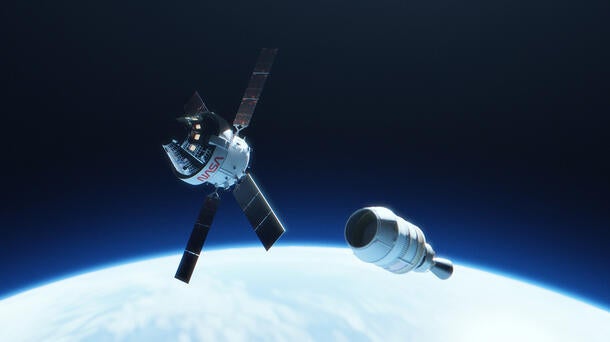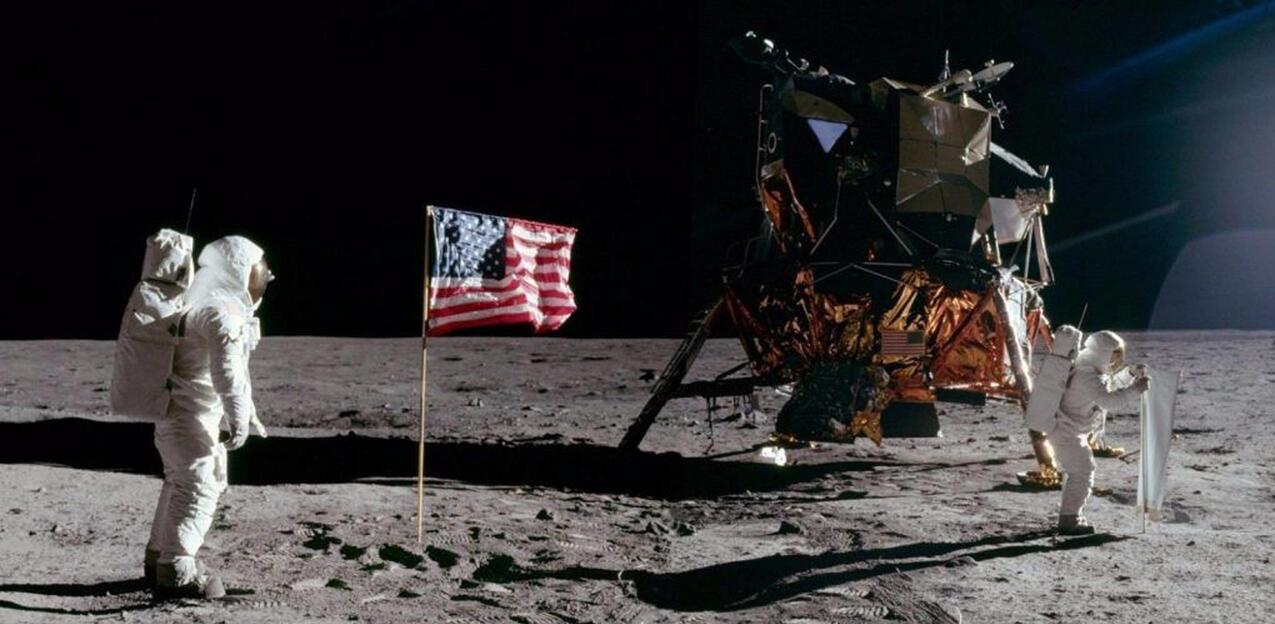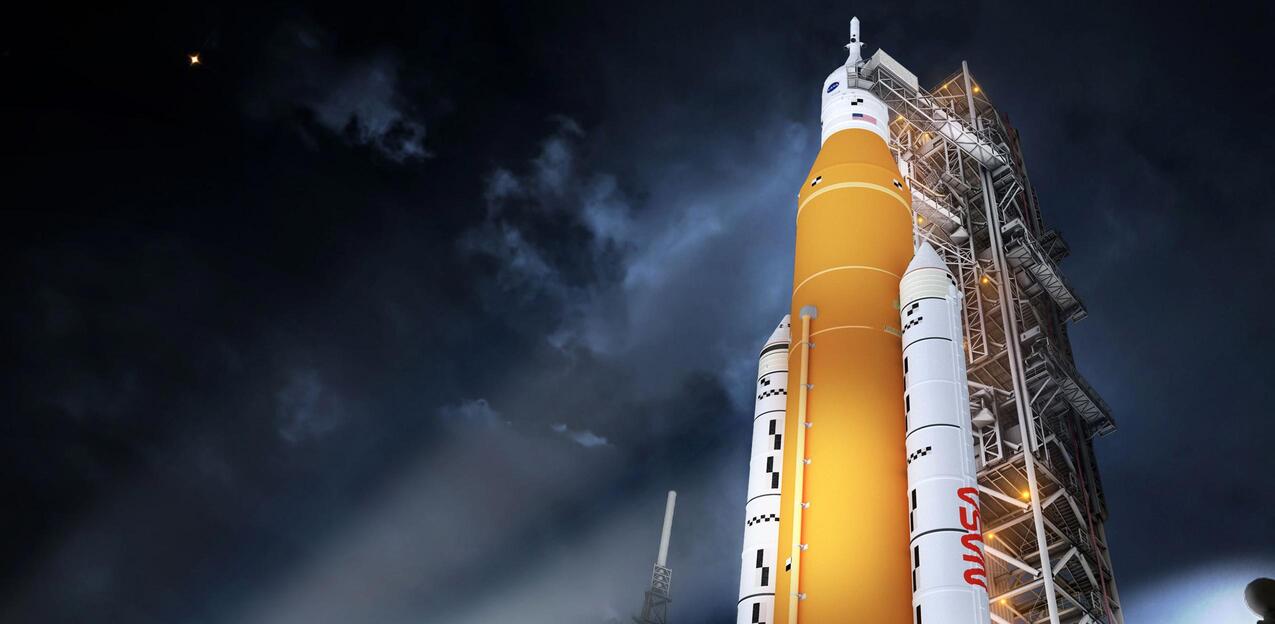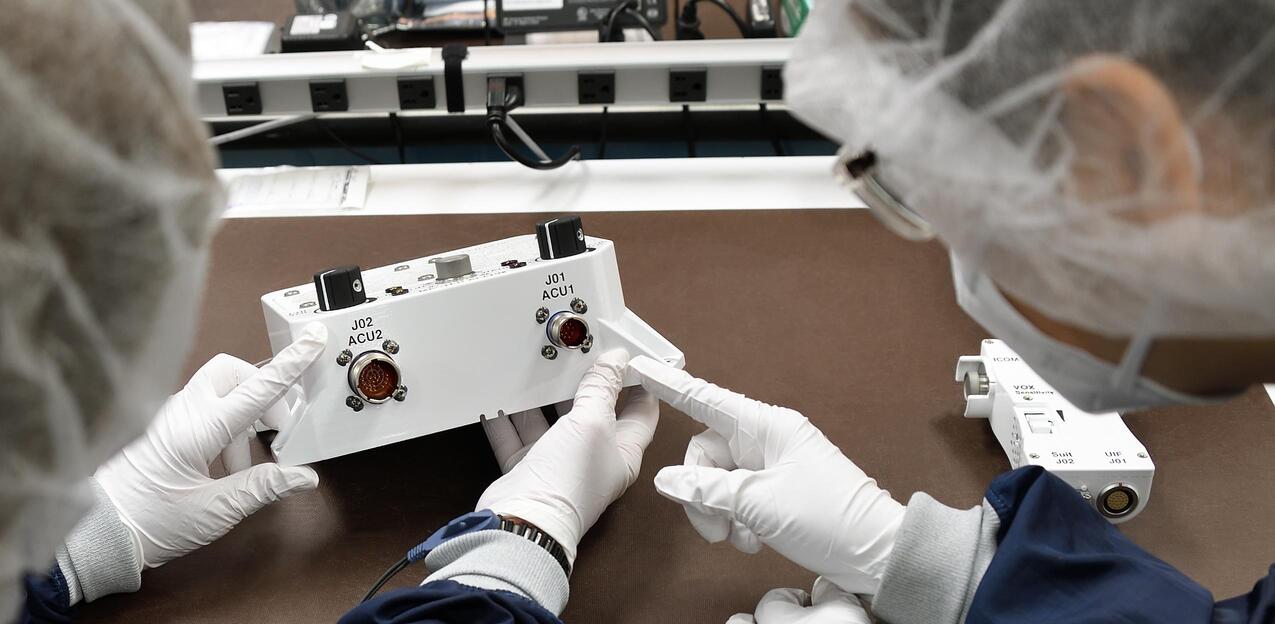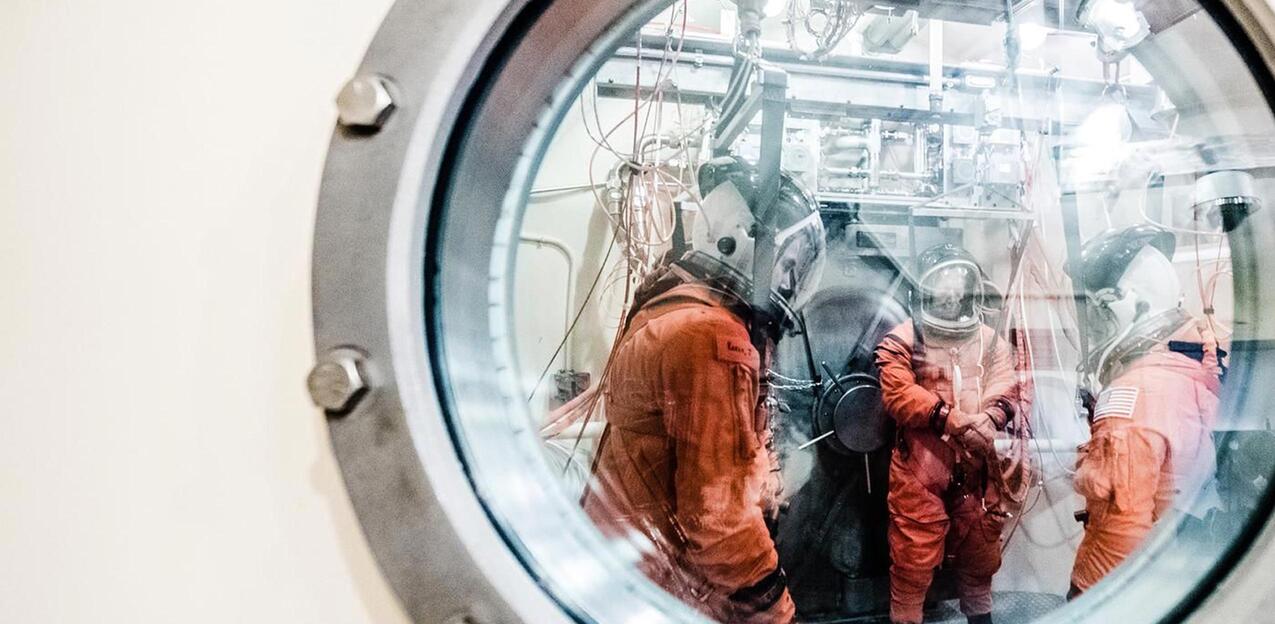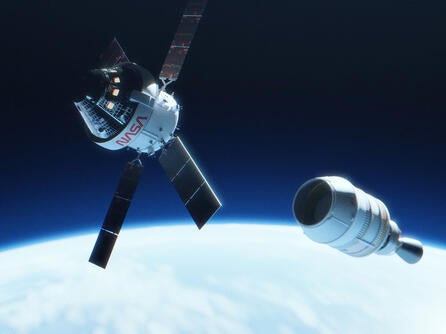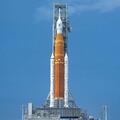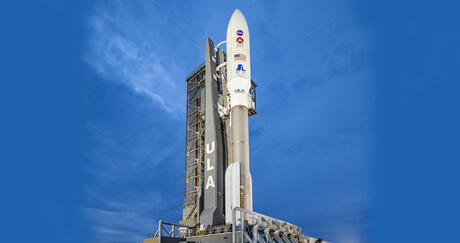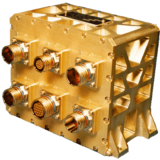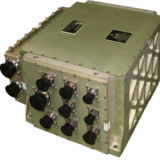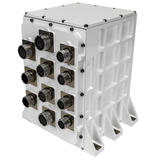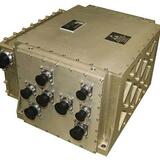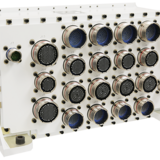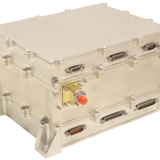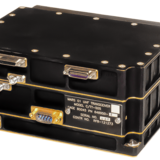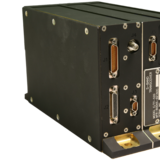L3Harris’ technology has been part of every NASA human space flight.
In fact, for six decades, L3Harris has partnered with NASA to develop mission-enabling human spaceflight technology. A few examples:
From Apollo 7 to Apollo 17, the L3Harris legacy company Radio Corporation of America provided technology to enable all of the program’s VHF communications.
Another early L3Harris company, Radiation, had one of the most prominent Apollo program roles: providing telemetry. Radiation was responsible for delivering technology capable of transmitting data from both the Command Module and Lunar Module. Its telemetry units provided real-time readings on speed and location of the and the physical condition of the astronauts. The units also provided technical data, like fuel flow and position of manual switches.
During the time of the Atlantis program, L3Harris provided the audio terminal units and controllers for the International Space Station (ISS) Audio/Video Distribution Systems (AVDS). This technology enabled ISS crewmembers to communicate with teammates on Earth, even during spacewalks.
L3Harris will once again be part of a historic moment in human spaceflight as NASA prepares to make its triumphant return to the moon and beyond.
L3Harris' three-part audio solution is completely customized from the ground up – from the circuit cards to the network stack – to provide astronauts with mission-critical communications capabilities.
There’s nothing “off-the-shelf” about it.
Based on NASA’s exacting set of requirements, the three components of the solution include the audio control unit, audio interface unit and the speaker unit. These audio components are designed to withstand the unique demands of human spaceflight.
The audio control unit acts as the brains of the system. The speaker unit provides the audio. And the lightweight audio interface unit, which incorporates a voice sensitivity feature for hands-free use, will clip onto an astronaut’s suit.
The L3Harris-developed NASA Orion audio system features five voice channels, low power consumption and 13 alarms that provide real-time situational awareness. Its design can easily be integrated into any future human spaceflight mission, including reusable landers and commercial programs.
